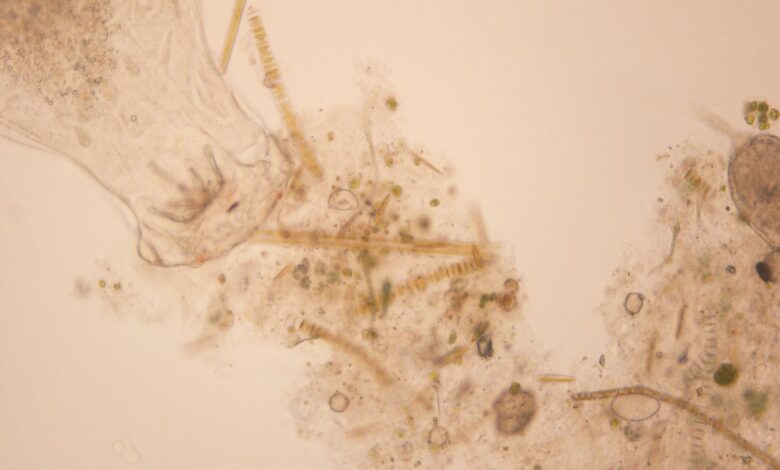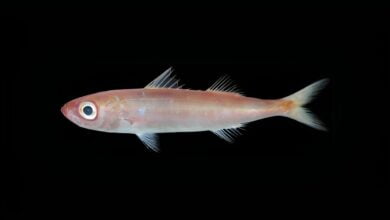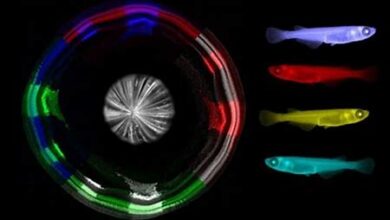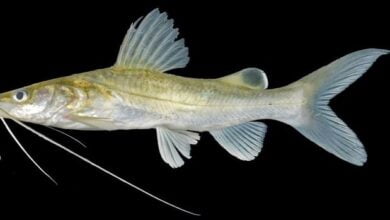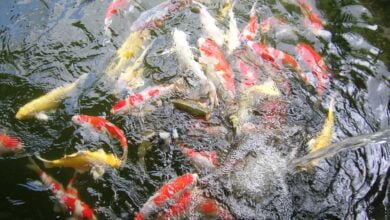The formation of a biofloc consortium involves creating a dynamic microbial community within an aquaculture system. Let us delve into the details:
- Biofloc System (BFS):
- A biofloc system is an innovative approach in aquaculture where microbial aggregates (biofloc) are intentionally formed in the water.
- These biofloc consist of heterotrophic bacteria, algae, and other microorganisms.
- The system aims to improve water quality, enhance nutrient recycling, and promote disease resistance.
- Formation of Biofloc:
- Biofloc begin to form when organic matter (such as uneaten feed, feces, and dead organisms) accumulates in the water.
- The process is initiated by microbial colonization on these organic particles.
- As the biofloc grow, they become a self-sustaining ecosystemwithin the aquaculture environment.
- Key Steps in Biofloc Consortium Formation:
- Carbon Source: The primary step is providing a carbon source (usually molasses, starch, or other organic compounds). This encourages the growth of heterotrophic bacteria.
- Mixotrophic Environment: A successful biofloc system combines both photoautotrophic(algae) and heterotrophic (bacteria) organisms. This mixotrophic environment ensures optimal nutrient utilization.
- Microbial Diversity: The richness of microbial species is crucial. Beneficial bacteria like Paracoccus, Ruegeria, Microbacterium, Demequina, and Tenacibaculumplay essential roles in disease resistance1.
- Stability: The bacterial community should remain stable over time, contributing to water quality improvement and disease prevention.
- Biofloc Volume: Biofloc volumes are maintained within a specific range (typically 20–30 mL/L) to sustain the system1.
- Benefits of Biofloc Consortium:
- Disease Resistance: Shrimp cultured in a biofloc system exhibit lower disease incidence due to the protective gut bacterial community.
- Synthetic Community (SynCom): Researchers have isolated beneficial bacterial strains from biofloc to construct a synthetic community. This SynCom enhances disease resistance, shrimp growth, and overall health1.
- Sustainable Aquaculture: Biofloc technology contributes to sustainable aquaculture practices by reducing water exchange and improving nutrient recycling2.
In summary, forming a biofloc consortium involves fostering a diverse microbial community that contributes to water quality, disease prevention, and overall system health. 🌱🦐
- Guo, H., Fu, X., He, J. et al. (2023) Gut bacterial consortium enriched in a biofloc system protects shrimp against Vibrio parahaemolyticus Microbiome 11, 230.
- McCusker, S.,Warberg, M.B., Davies, S.J., Valente, C.D.S., Johnson, M.P., Cooney, R. et al. (2023) Biofloc technology as part of a sustainable aquaculture system: A review on the status and innovations for its expansion. Aquaculture, Fish and Fisheries, 3, 331–352.
